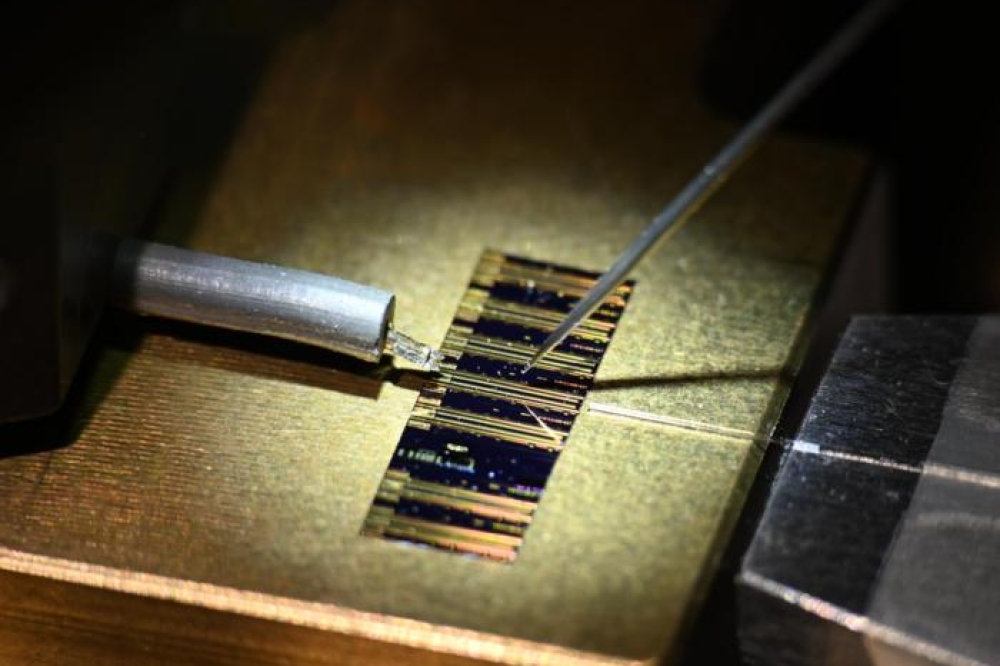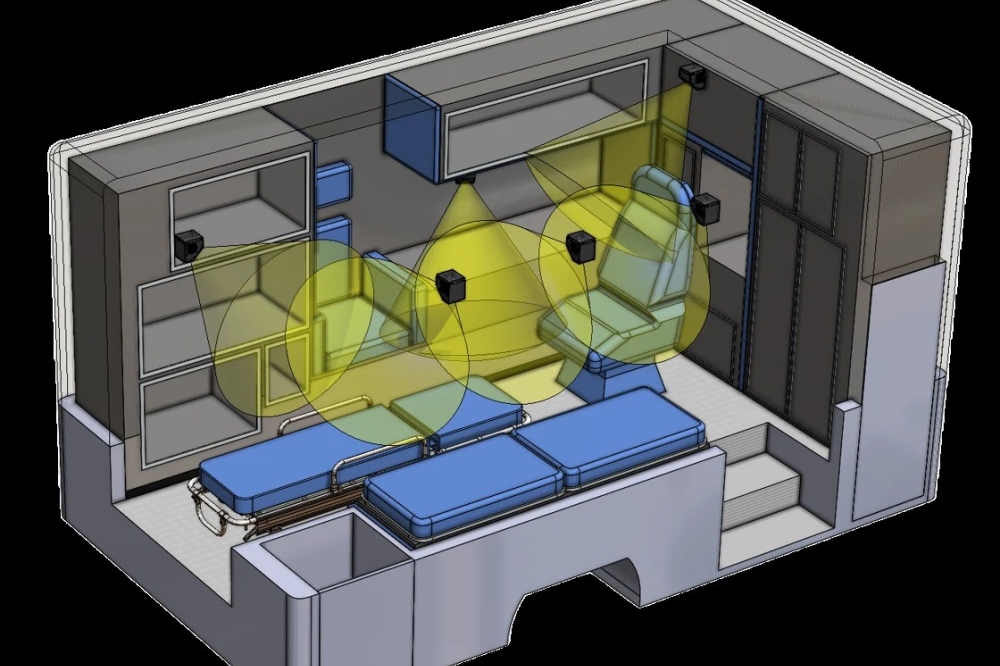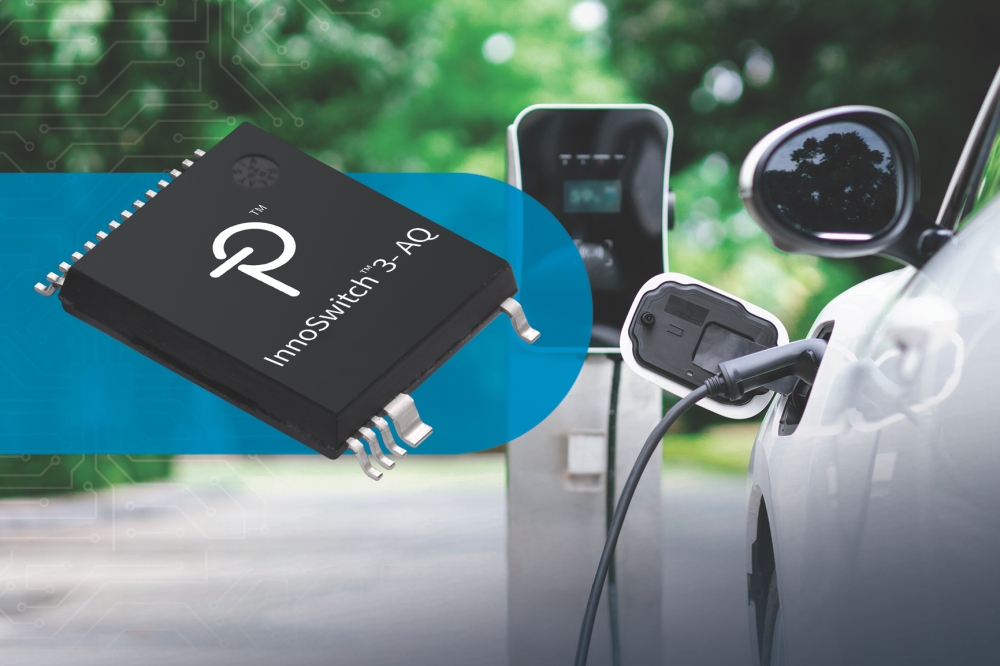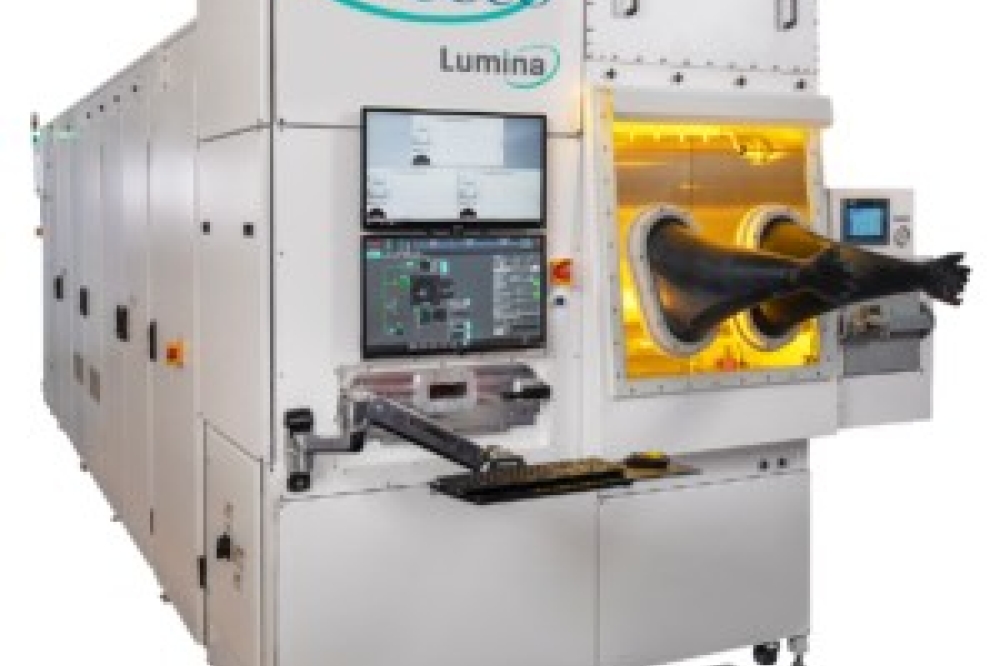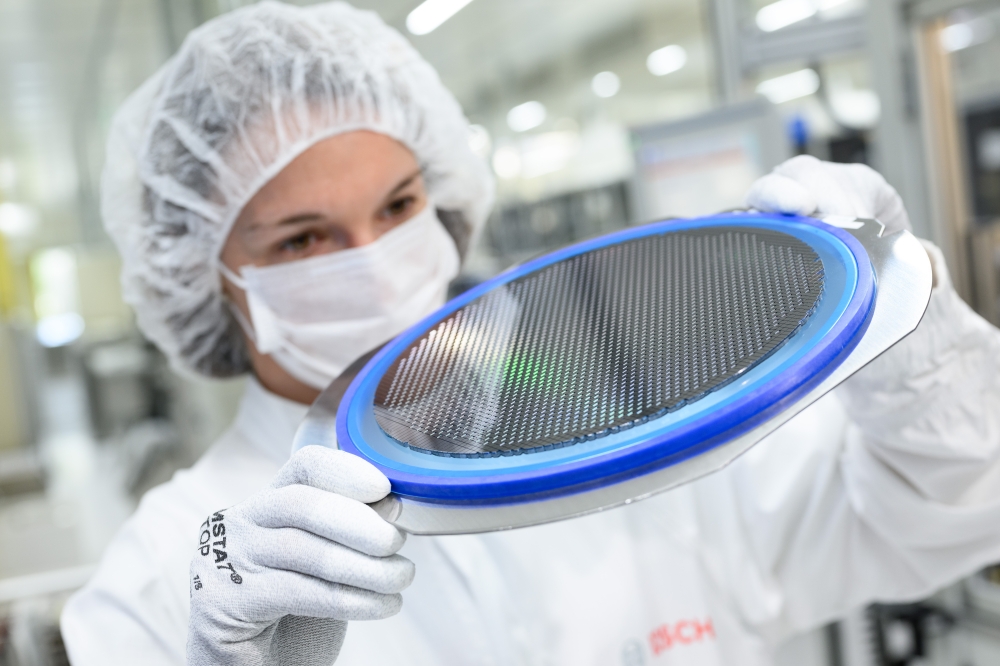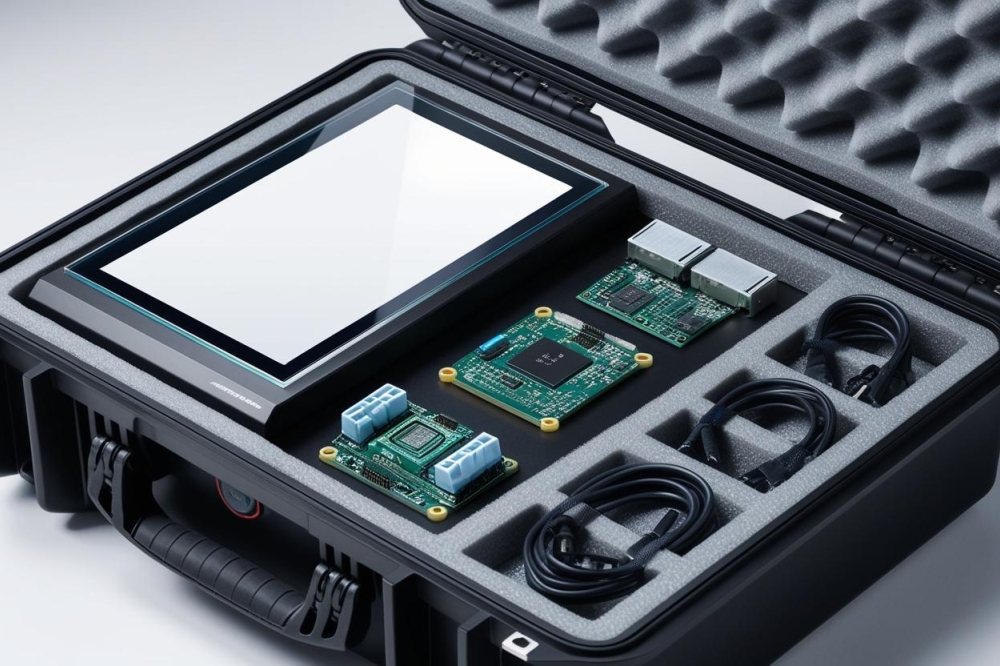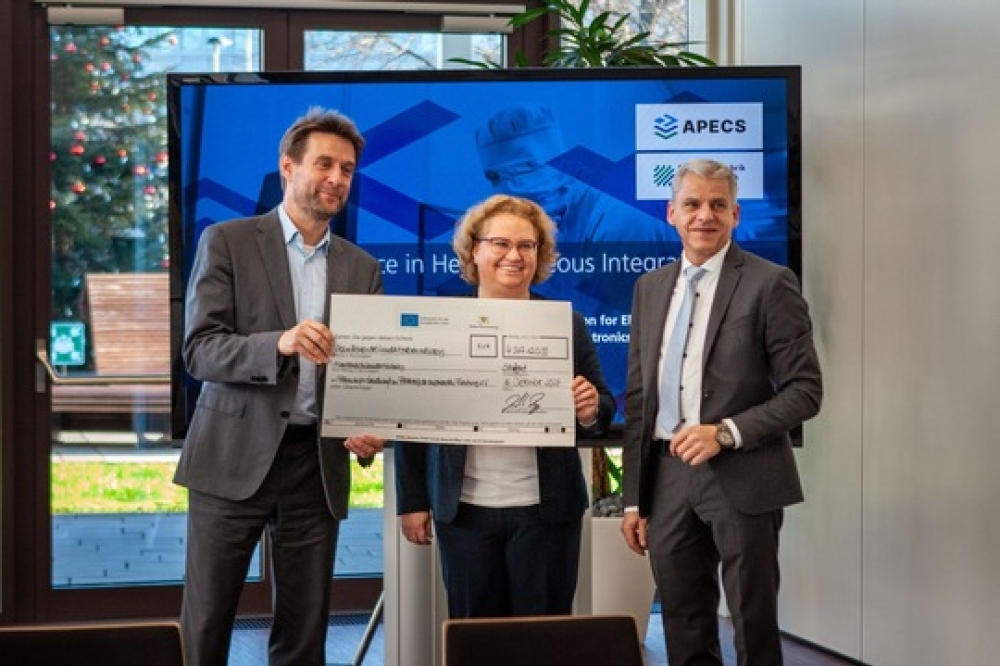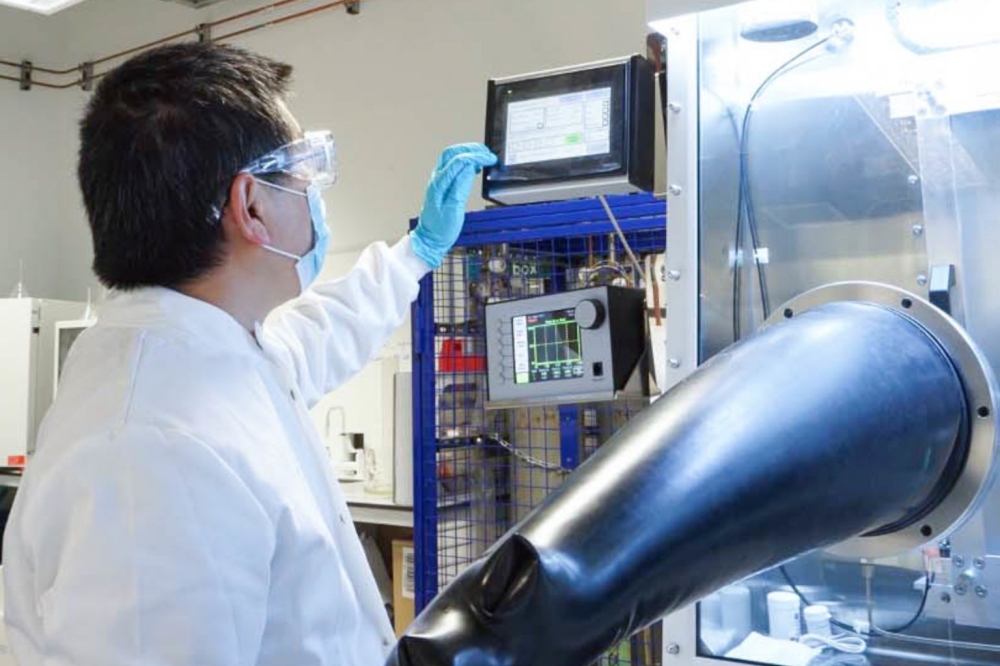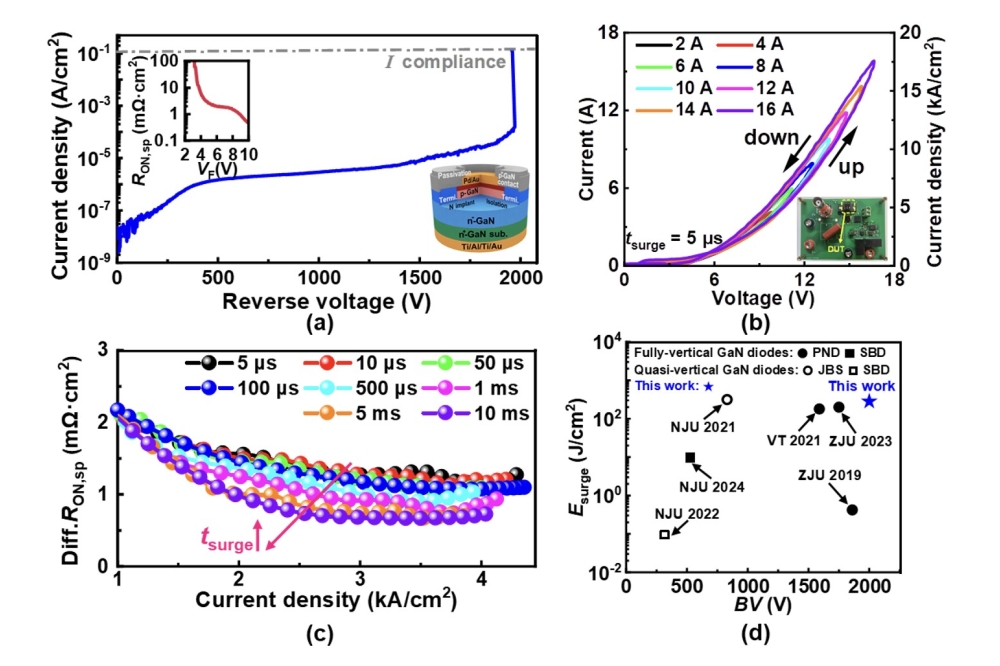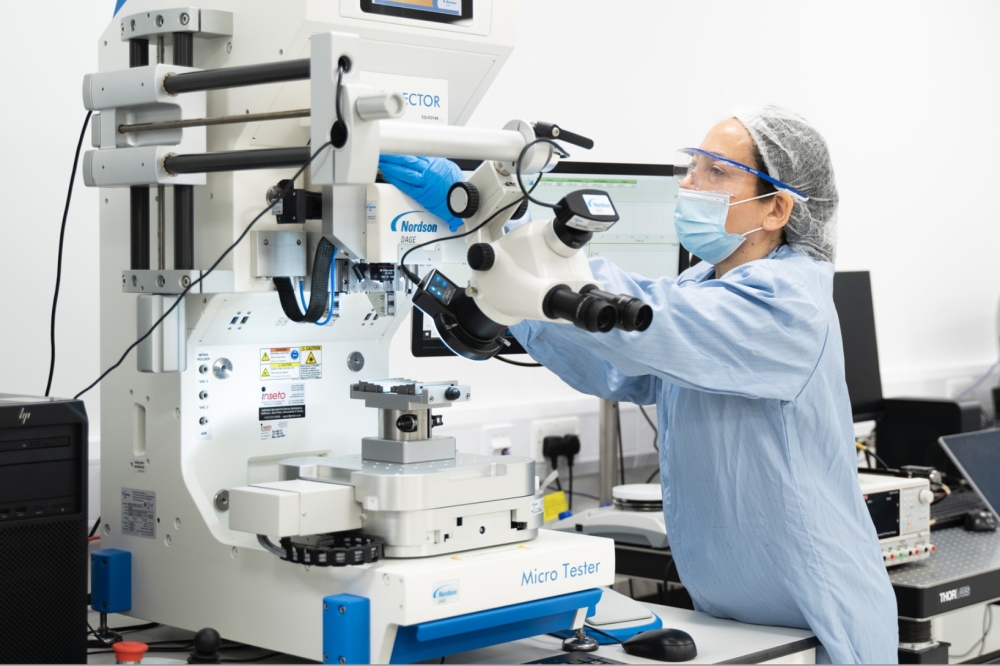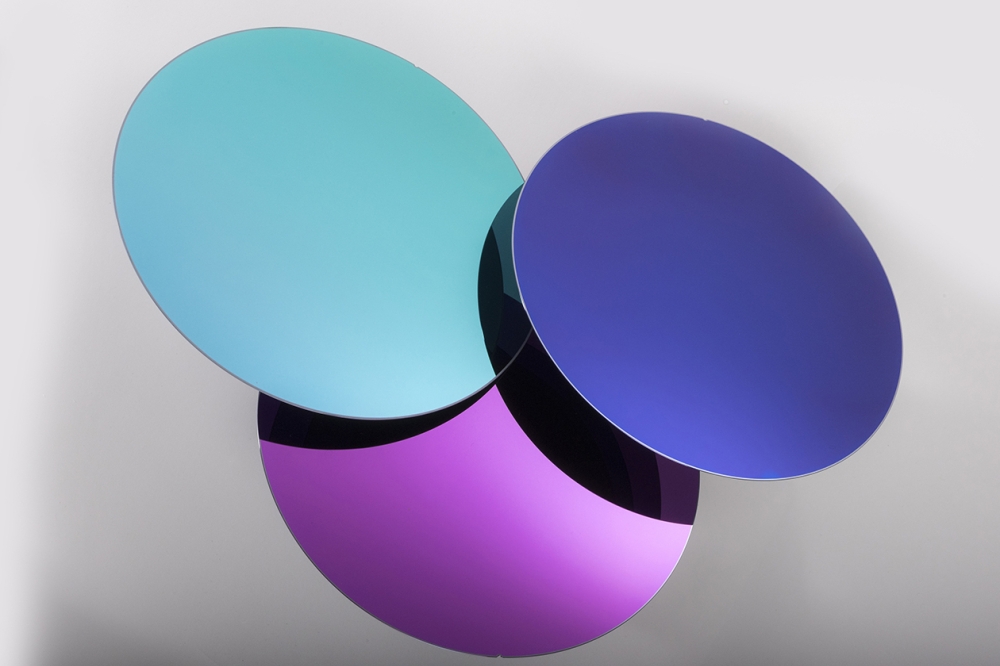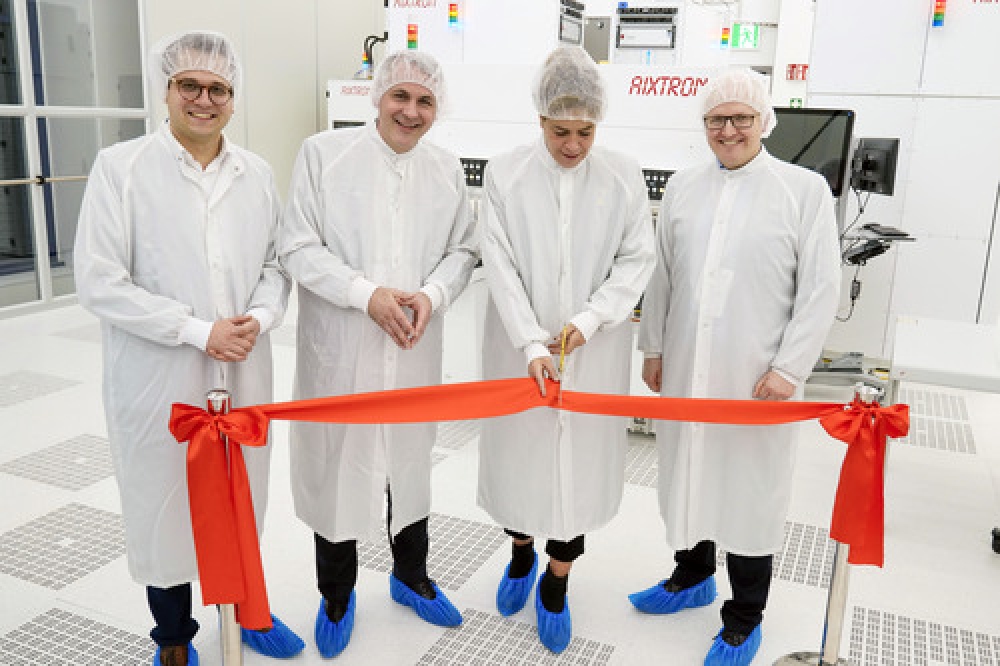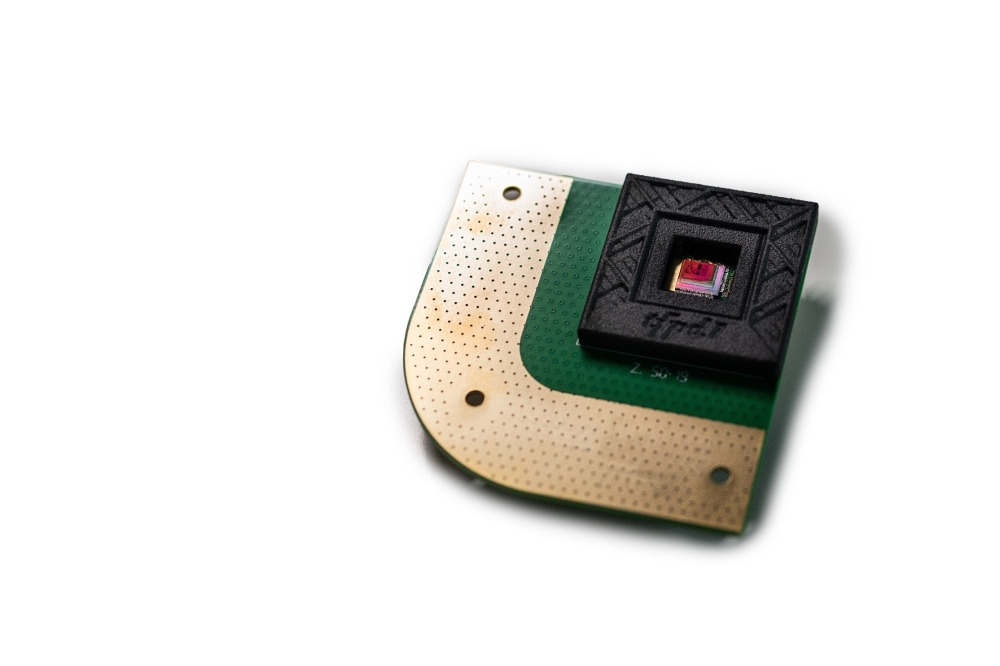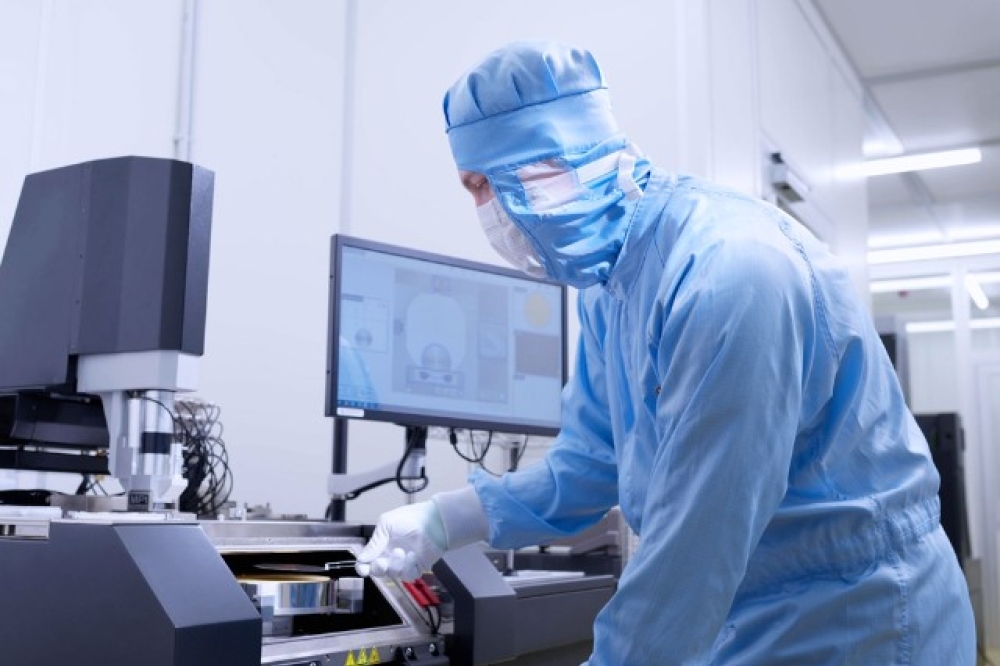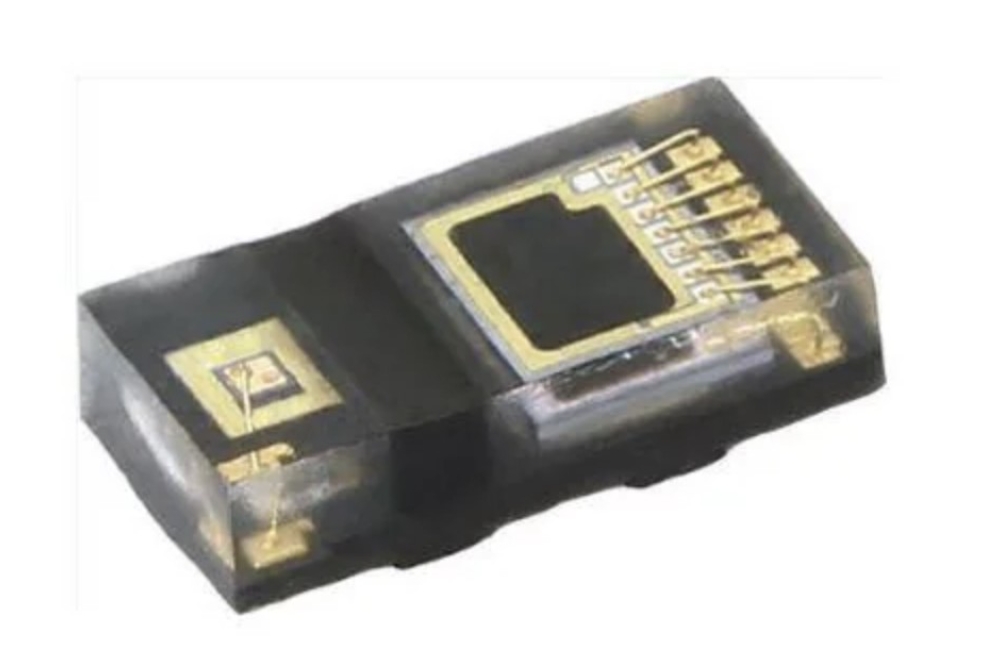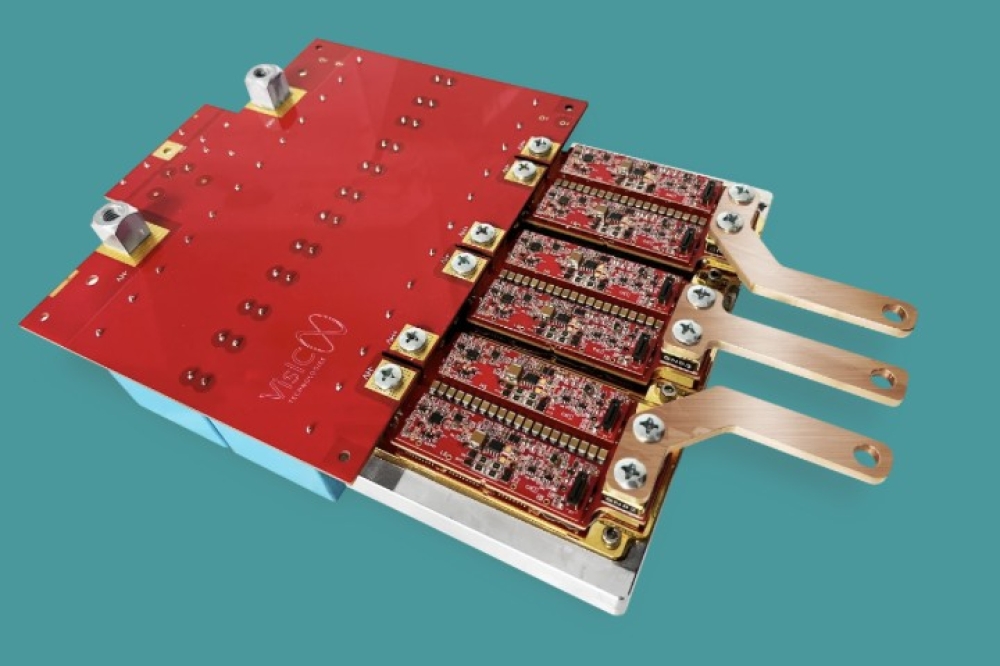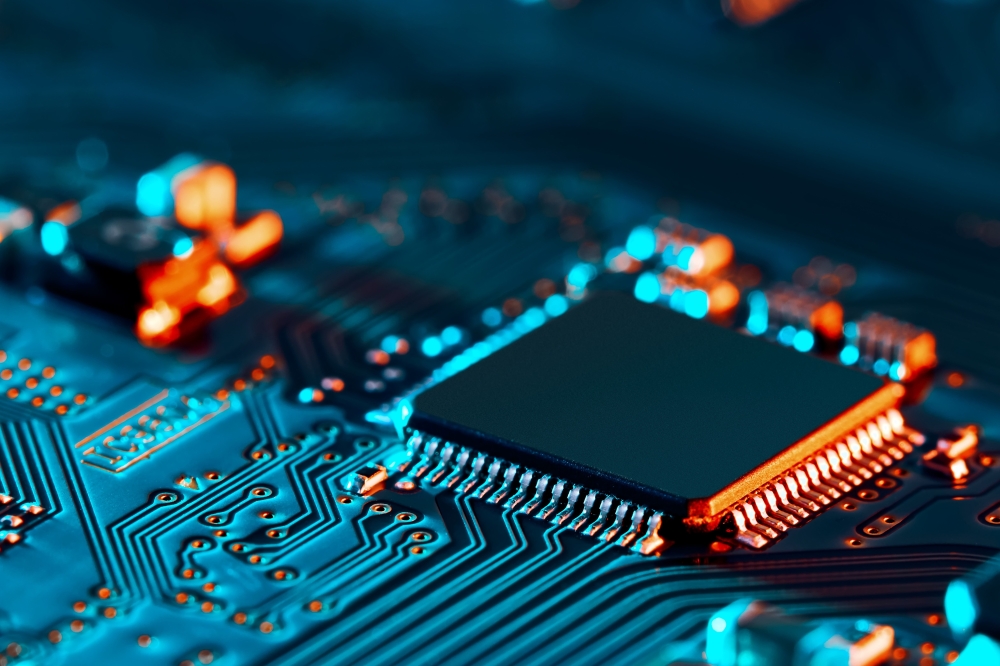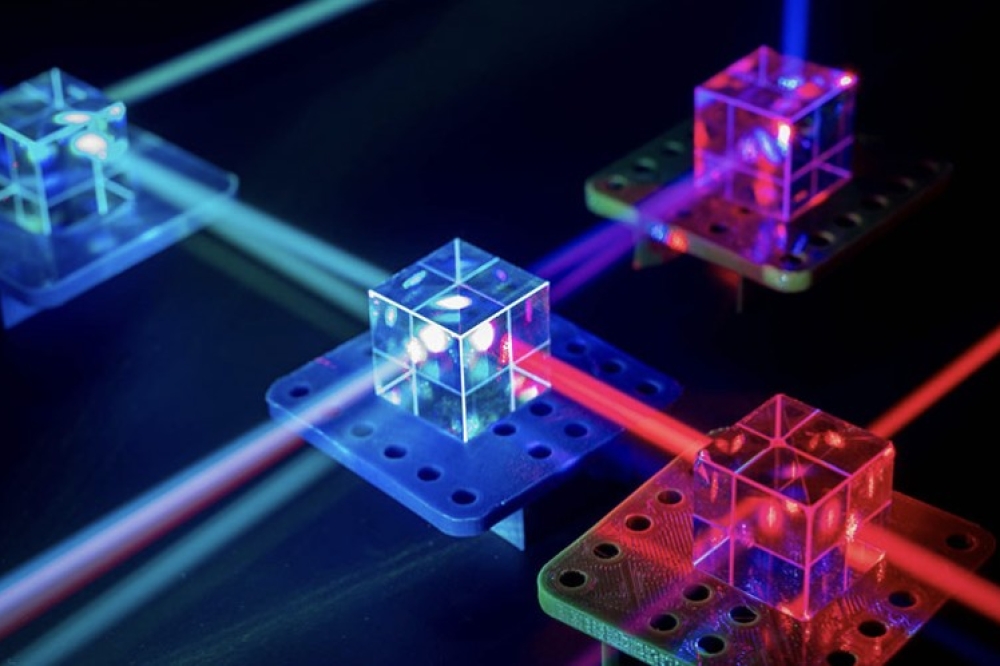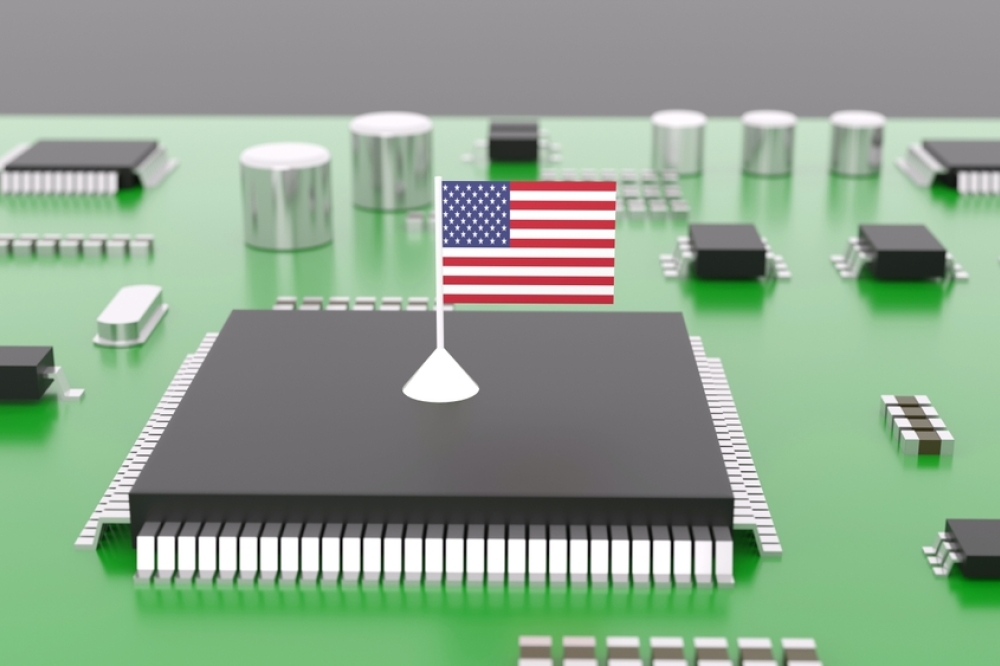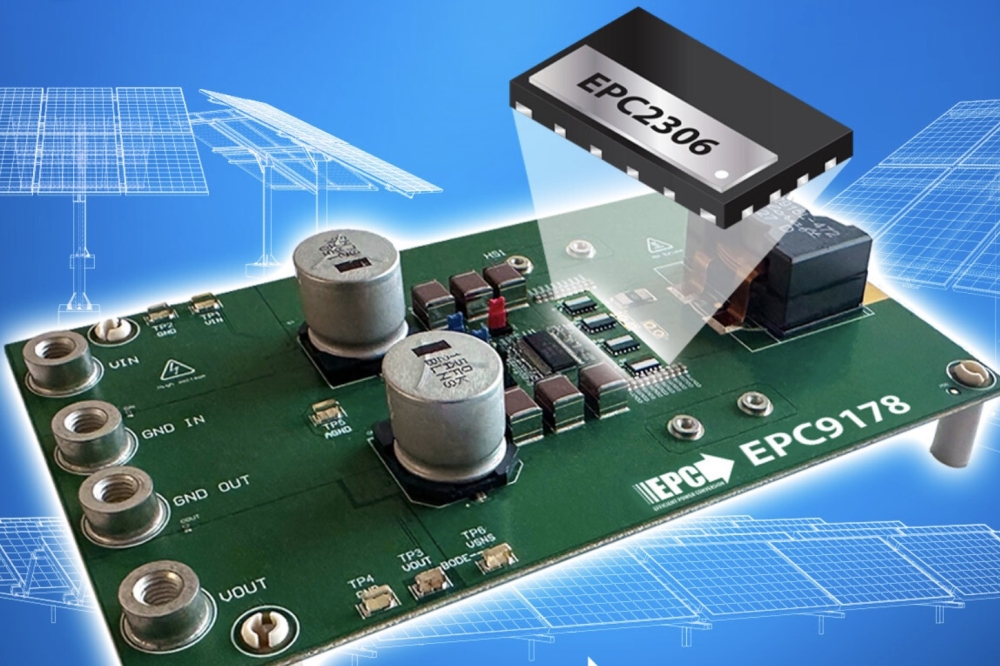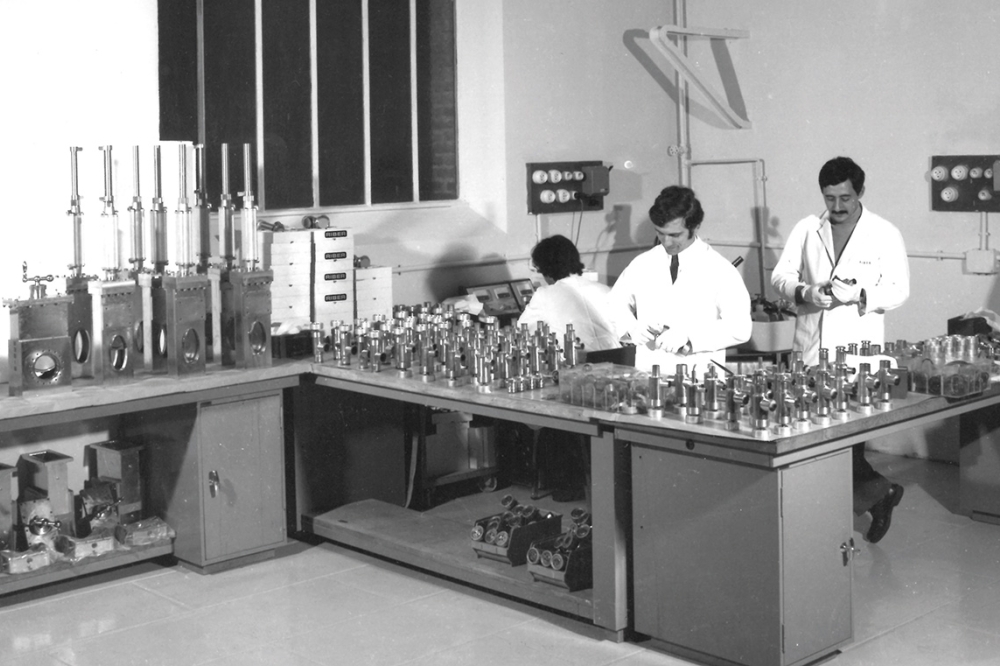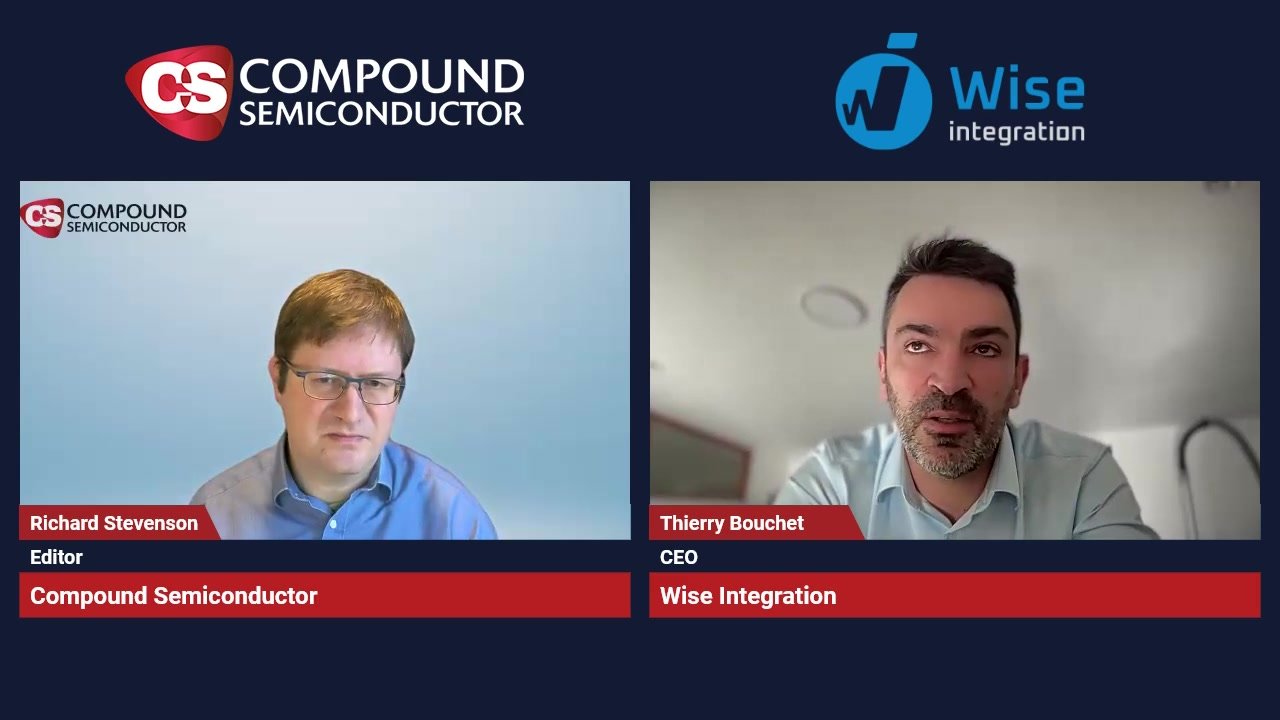Photoemission microscope probes SiC Schottky contacts
![]()
Measurements of the photo-yield (the photocurrent per number of incident photons) Y, for a nickel/n-SiC contact dot with a diameter of 200 µm after annealing at (a) 400degC, (b) 500degC, and (c) 600degC. A map of the Schottky barrier height, qΦ, is provided for the dot annealed at 600degC (d). Magnified views of (c) and (d) are shown in (e) and (f).
A novel microscope that incorporates red, green and blue lasers, has enabled Japanese engineers to uncover variations in the electrical properties within metal contacts to wide bandgap materials.
Exposing these variations will aid the development of Schottky contacts in SiC and GaN devices. These power electronics chips suffer from electrical non-homogeneity at metal-semiconductor interfaces, which can stem from crystallographic defects, process-induced damage, surface contamination, device design and temperature variations.
Lead author of the paper reporting this study, Kenji Shiojima from the University of Fukui, says that the insights provided by the team's scanning internal photoemission microscope make it easy to see what is good and bad in the electrode area.
Shiojima developed the first generation of the tool with Tsugunori Okumura in 1987, with the pair using it at Tokyo Metropolitan University to examine silicon and GaAs Schottky contacts.
"We have totally rebuilt the microscope for wide bandgap semiconductors, with modern electrical, mechanical and optical components," says Shiojima.
One of the devices that the engineers have studied with their tool is a high-power vertical diode with a 9.7 µm-thick layer of SiC, deposited on a 4H, n-type SiC substrate. This device, which should be capable of a breakdown voltage of around 1000 V, features a Schottky contact that is inserted by first treating the surface with HCl, and then depositing a 200 µm-wide circular contact made from a 50 nm-thick film of nickel.
To allow subsequent investigations to uncover early-stage interfacial reactions in the contacts, engineers applied moderate annealing temperatures of 400degC, 500degC and 600degC. Annealing lasted for 10 minutes, taking place under nitrogen gas.
Measurements with the scanning internal photoemission microscope involved recording internal photoemission from the metal-semiconductor interface. When light impinges on this interface with energy greater than the Schottky barrier height, electrons surmount the barrier, generating a photocurrent. The ratio of photocurrent to that of incident photons is referred to as the photo-yield, and measuring this at different wavelengths enables the construction of a map of the Schottky barrier height.
Mapping the contact with a red laser produces photo-yield profiles that are uniform for annealing at 400degC, and non-uniform at higher temperatures (see figure). There are some spots associated with annealing at 500degC, and their number and size increases at 600degC. For contacts annealed at that temperature, the Schottky barrier height map has an average of 1.81 eV, except in regions with large spots, where it can be smaller by about 0.28 eV.
The lower barrier height in the spots leads to a higher current density and creates an electrode featuring parallel conduction. Shiojima and co-workers have modelled the current-voltage curves that would result from such a contact, and found it to be in good agreement with measured values.
Recently, Shiojima and his co-workers have using their scanning microscope to study thermal and electrical degradation of Schottky contacts and FETs, including those in other wide bandgap materials, such as diamond and oxide semiconductors.

